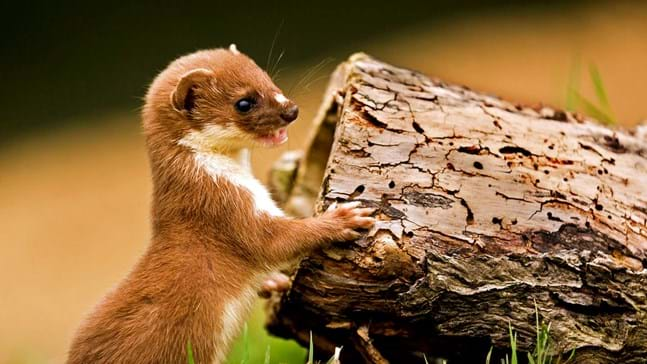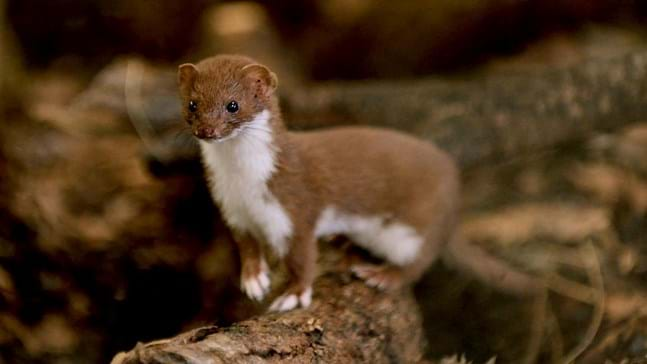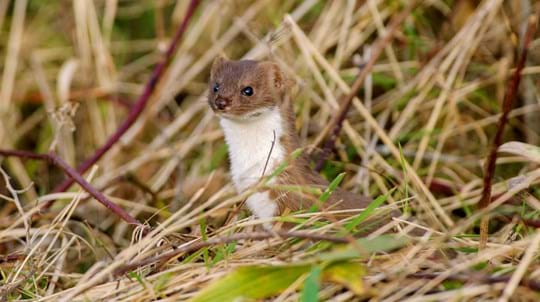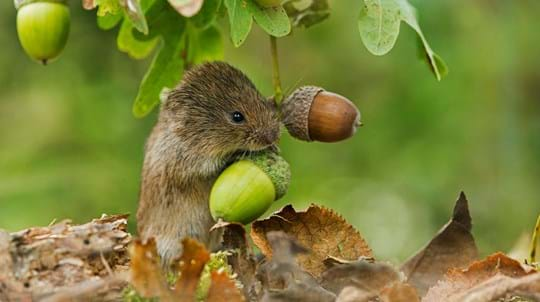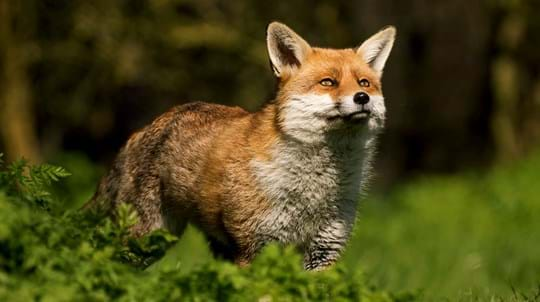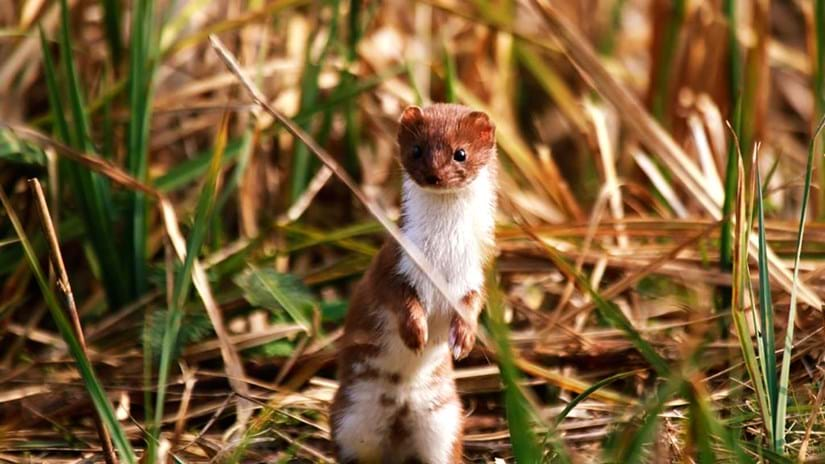
Stoat or weasel? How to tell the difference
James Martin • 01 Feb 2019
Did you see a stoat on your last woodland walk? Or perhaps it was a weasel? Our guide will help you to tell these pint-sized predators apart. We also take a look at some of the other related species found here in the UK.
Read the blog





